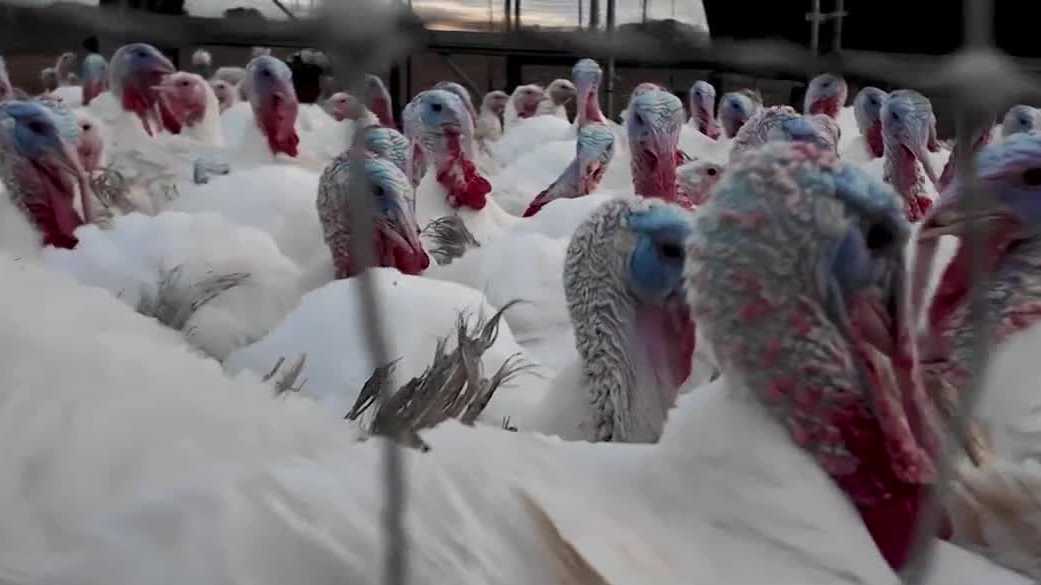Let’s cut through the stuffing: Are you really paying less for Thanksgiving dinner this year, or is someone playing a shell game with your grocery budget? We’re told, with a cheerful pat on the head, that the cost of your holiday feast is declining for the third year straight. Sounds good, right? Too good, perhaps.
The Real Story: A Tale of Two Turkeys
On one hand, the American Farm Bureau Federation—an organization with more than a passing interest in how agriculture is perceived—declares victory. Thanksgiving dinner, they trumpet, is cheaper. A win for the consumer! A testament to the efficiency of modern farming!
But then, like an undercooked bird, the reality hits. Wholesale turkey prices, the very core of your holiday meal, are reportedly *up* ahead of Thanksgiving. Not down. Up. While some plucky New Hampshire farmers might be managing to hold their prices steady, they are exceptions, not the rule, in a market dominated by industrial giants. So, how can the overall cost be down if the star of the show is more expensive?
This isn’t just about conflicting data points; it’s about framing. The Farm Bureau’s broad stroke of ‘overall cost’ can easily mask significant spikes in key ingredients while less essential items drop. It’s the classic statistical sleight of hand: distract with a general average while the real pain points escalate.
“This isn’t about saving money; it’s about managing optics. When the average consumer hears ‘costs are down,’ they don’t dig into the granular. They just feel the pinch at the checkout. The ‘bundles’ being peddled by grocery stores? Those aren’t about generosity; they’re about cornering your entire shopping list, ensuring you spend on convenience what you might have saved on price.” — A cynical market analyst, privately.
Why It Matters: Following the Money Trail
This narrative of ‘declining costs’ serves a clear purpose: to soothe consumer anxiety amidst persistent inflation and to deflect scrutiny from the agricultural industry’s profit margins. If turkey prices are genuinely up, who is absorbing that cost? Or more likely, who is passing it on, and then making up the difference by cutting corners elsewhere or leveraging sheer volume?
The push for ‘Thanksgiving bundles’ further illustrates the conflict. These aren’t just about saving time; they’re about capturing your complete spend. Grocery chains know that if you buy their pre-selected package, you’re less likely to shop around for individual items where the true price hikes might be more evident. It’s a convenient solution that often masks less-than-optimal value, trading perceived savings for locked-in loyalty.
For the average family, the difference between a reported ‘decline’ and a rising turkey price means a real financial squeeze. It’s about allocating scarce resources, and being misled about where the actual costs lie prevents informed choices. It shifts the burden of finding savings from the industry to the consumer, forcing families to compromise on quality or quantity, all while a public relations machine tells them they’re winning.
The Bottom Line: Don’t Trust the Hype
The conflicting data reveals a clear strategy: manage the narrative, control the perception, and let the consumer figure out the hidden costs. If this trend of selective reporting continues, the true price of trust in agricultural data will collapse by next holiday season.


